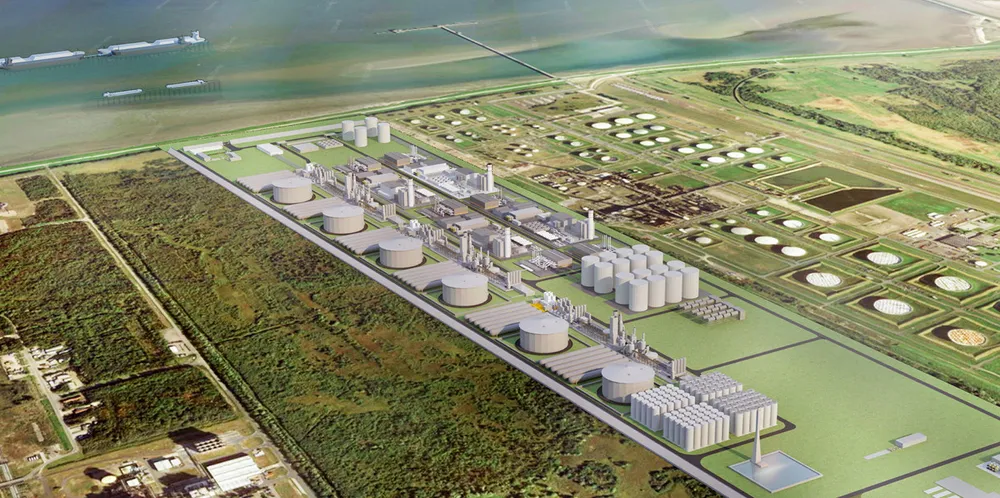E.ON joins bid to import green hydrogen from Middle East to Germany in the form of e-methane
German utility partners with Belgium’s TES on plan to build new green gas/LNG terminal in Wilshelmshaven

German utility partners with Belgium’s TES on plan to build new green gas/LNG terminal in Wilshelmshaven
